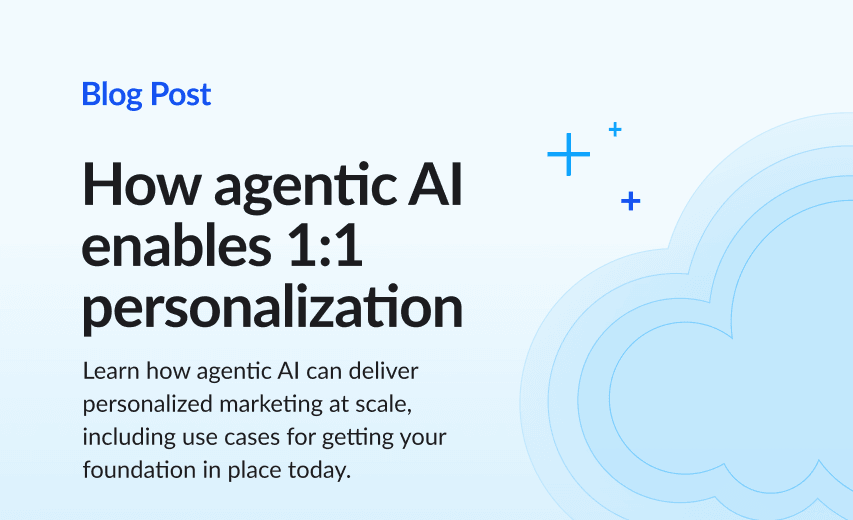How is generative AI developed?
Generative AI relies on a form of machine learning called natural language processing. An early use of natural language processing enabled Google to respond to written questions by returning relevant search results. Generative models that deal with images, video, music, or other forms of content rely on different types of machine learning — most commonly generative adversarial networks (GANs) and variational autoencoders (VAEs).
But all generative AI models rely on assimilating huge quantities of data in order to generate content, make predictions, or create new business strategies.
Training data sets
After a vast set of data is assembled, the AI model, or tool, is trained on that data. Through a process called deep learning, the AI model generates artificial neural networks, sometimes called recurrent neural networks, that can eventually mimic how our brains make decisions. As it ingests more data, generative AI undergoes a refinement process based in part on how humans use and react to the model, essentially learning from its interaction with humans.
Choices about what data to collect and use as part of the generative AI’s training model ultimately affect the content the AI can generate. Those choices also affect how well that content simulates the written or visual content created by humans.
For example, a training model that includes only Shakespeare's plays and sonnets will not be able to generate valuable B2B marketing materials. Broadening the data set to include many different types of content makes the AI more flexible and expands the type of content it can produce. Narrowing or refining the data set is one of the ways data scientists fine-tune the output of the generative AI. This is also how data scientists can build it to focus on a specific discipline, such as medicine.
Because inaccuracies and bias in generative AI involve the underlying data, the sources for that data must be chosen and vetted carefully.
Underlying technologies
Computer scientists often use specific platforms, such as Amazon Bedrock, to develop new generative models.
Generative AI is powered by various “multitask learning models,” such as Google’s LaMDA (Language Model for Dialog Applications) and Meta’s LLaMA (Large Language Model Meta AI). Generative AI is capable of multitask learning, a complex computer science concept that describes how an AI model handles and learns from the data and other inputs.
Finally, Generative AI employs transformer architecture, a type of neural network that governs how the information fed into the model turns into the content that the model generates.





